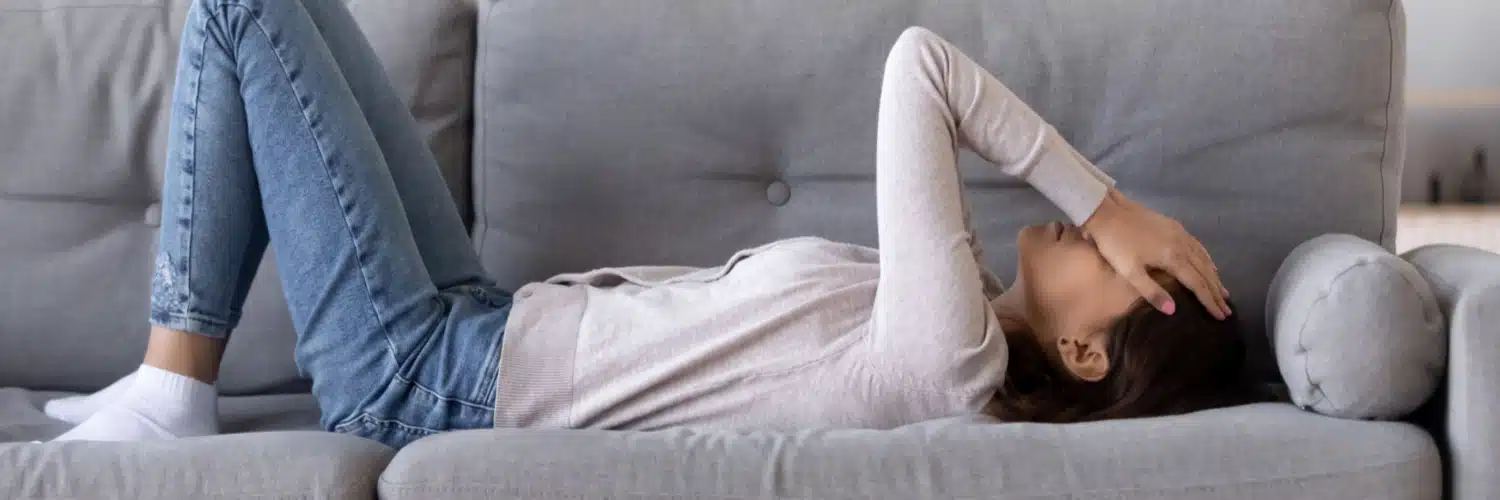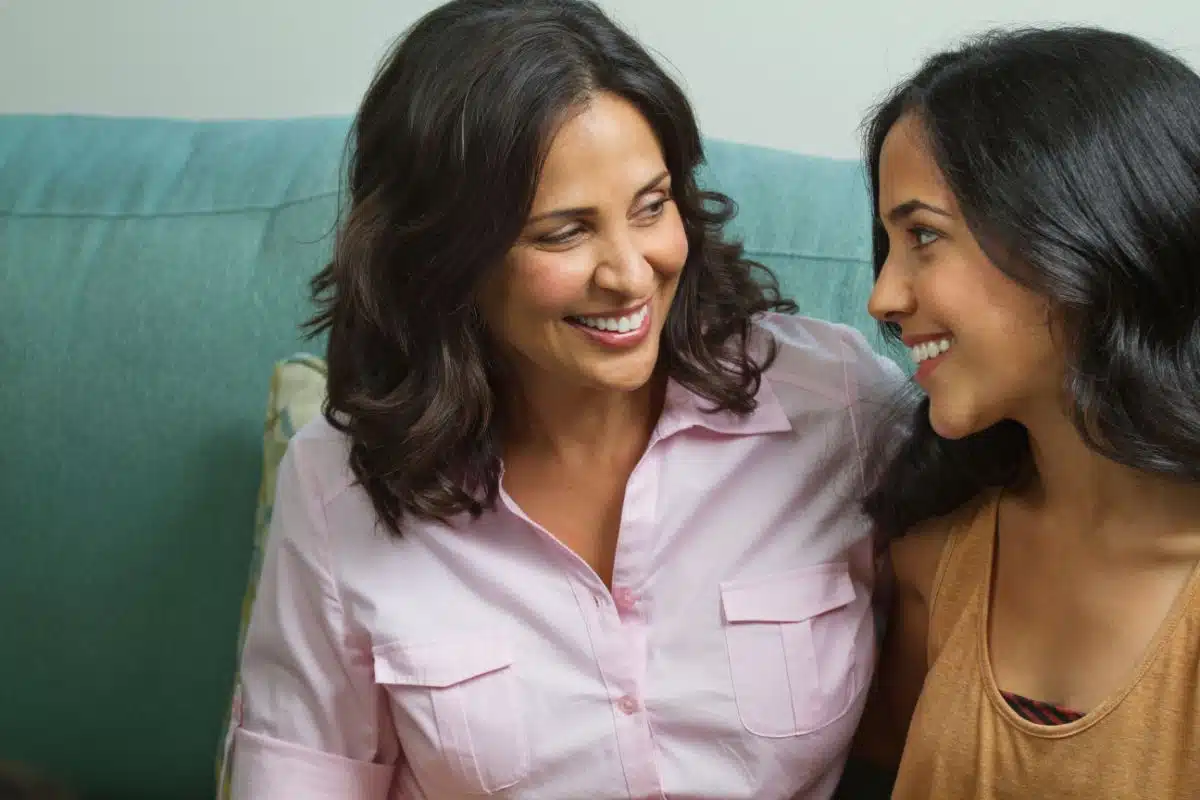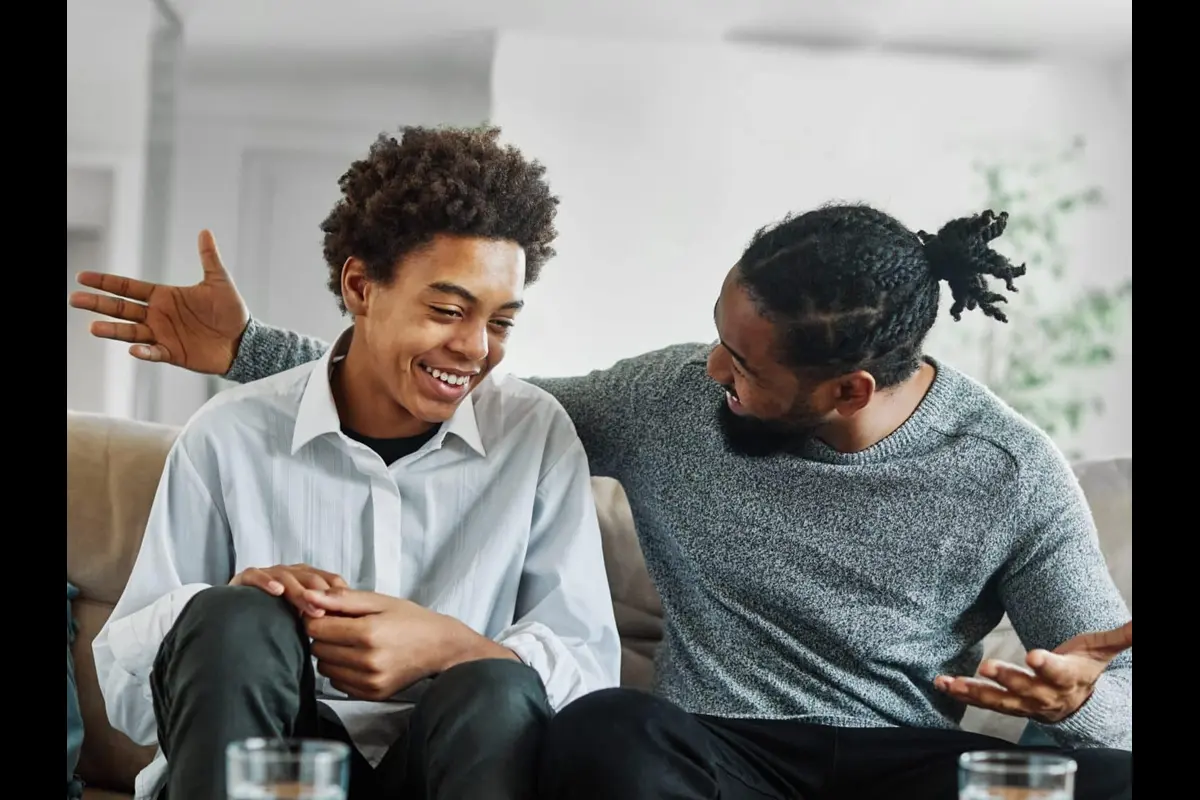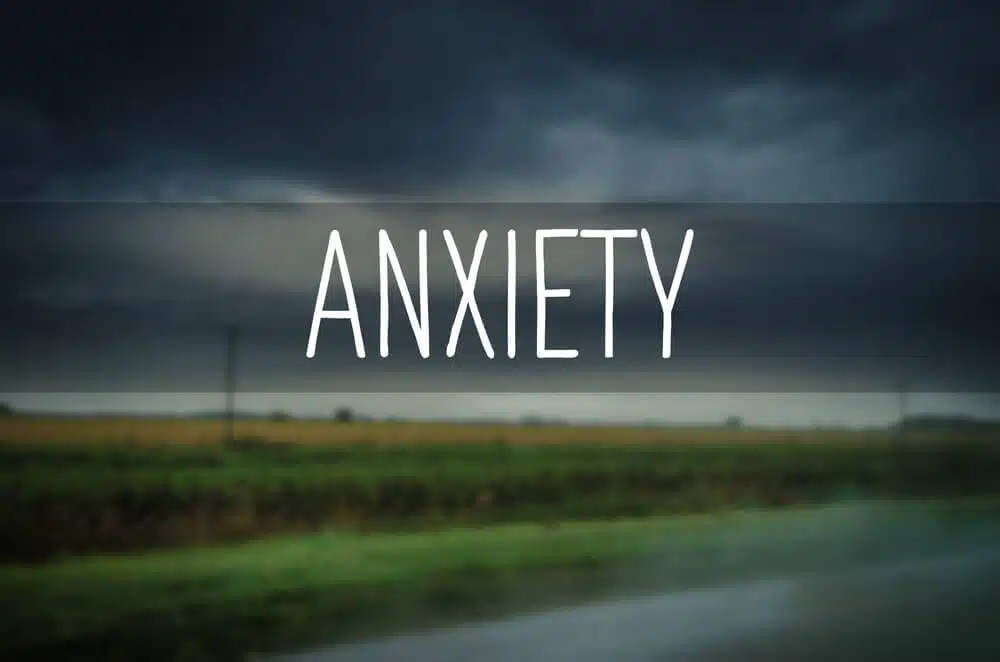
Why Are Anxiety Disorders So Common
Anxiety disorders have inundated the public sphere in the past decade. As people become more educated about mental health issues, they are beginning to notice signs and symptoms in themselves as well as loved ones or children. Some experts speculate that anxiety disorders are not so much more common as they are being diagnosed more frequently than before.
However, there is also a school of thought that the fast paced, technologically driven lifestyle most Americans lead has led to a drought of physical contact with other people. Psychologists tell us that one of the primal needs of human beings is contact with other people. When that need isn’t met, anxiety can develop out of isolation.
Another theory is that the stress of current events (especially since 9/11) has led Americans to feel less safe, bringing their level of worry to an untenable level resulting in anxiety. Let’s look at these and other reasons why anxiety disorders are so common in today’s culture.
Diagnosis Increases
As far back as the early 1900s, doctors could not necessarily agree on what anxiety disorder was. They knew it was a disorder that caused irrational behavior and was labeled a neurosis. Beginning with the first Diagnostic and Statistical Manual (DSM) in 1952, anxiety was defined as “characterized by anxious expectation and frequently associated with somatic (mind) symptomatology; it was to be differentiated from normal apprehensiveness or fear.” To clarify, anxiety was a condition driven from within the patient’s mind.
By the 1987 release of the DSM-III-R, anxiety was defined as “Unrealistic/ excessive anxiety and worry (apprehensive expectation) about 2 or more life circumstances.” This led to the stigma surrounding a diagnosis of anxiety and people were reluctant to see a physician for their symptoms.
In 2013, the DSM-5 defined anxiety as “Excessive anxiety and worry (apprehensive expectation) about a number of events or activities. – Difficult to control the worry.” This definition took much of the stigma out of anxiety and prompted more people to seek help for uncontrollable worry.
In the evolution of the DSM in terms of diagnosing anxiety disorder, in DSM-III and DSM-III-R, generalized anxiety disorder was not prevalent and rarely led to more than mild deficiency. Beginning with DSM-IV (1994), to be diagnosed with anxiety disorder it had to cause clinically significant distress or impairment; this requirement became part of the definition in the DSM-IV. Also in the DSM-IV, anxiety disorder transformed from a rarely diagnosed condition into a disorder with a lifetime incidence.
So, as science learned more about anxiety disorder, more diagnoses were made. As doctors began educating people about the signs and symptoms, more patients sought treatment or were referred for treatment by concerned doctors, family members, or friends.
For the past decade or so, American anxiety was typically described as a mental-health issue or a “generational style”. Psychologically, this nation has become more anxious than ever. In fact, the National Institute of Mental Health reports that 18% of people experience anxiety disorders in any given year. While that number has grown from the 5% scientists claimed in the early 1980s, the late 1990s and early 2000s gave us a new way to connect, or rather disconnect: the internet.
One thing all scientists agree on is that social disconnect is a key feature of anxiety disorder.
Social Disconnect
When we are disconnected from one another, we become isolated and begin to crave the company of others. When we cannot meet that need, we develop anxiety disorders. There have been multiple studies over the years that all agree that too much disconnect creates higher incidences of anxiety disorder.
One study investigated social media use in over 400 Scottish teens. The findings revealed that those who used social media the most had lower self-esteem and increased levels of anxiety. Another study surveyed more than 1,700 young adults in America. The researchers found that people who frequented more social media platforms (engaging in multiple sites like Facebook, Twitter, Instagram, and Snapchat simultaneously) reported higher levels of anxiety.
These studies can show that anxiety levels are associated with low direct social connectedness because of self-isolation and overuse of social media. Another study showed social disconnect increased because of higher divorce rates, more people choosing to live alone, and a general mistrust of people. Compared to 75 years ago, more families are divided and genuine faith in people has declined considerably. This is correlated with the increases in anxiety disorder that we are seeing today.
Research indicates that social isolation and loneliness increase the risk of mental disorders, including anxiety disorders. Scientists are still working to find the pathways through which social disconnectedness and feeling socially isolated contribute to anxiety. However, early studies suggest that being socially disconnected predicted higher levels of anxiety.
One thing we cannot deny is that anxiety seems inextricably linked to the use of social media. Lots of people who use social media frequently (every day for several hours) are anxious and by definition, isolate; but, when they are not using social media, they get a new dose of anxiety (social media withdrawal). All in all, social media is not a good thing to use for hours at a time every day. “The implications for the mental health of this ‘double anxiety whammy’ are clear, and research even suggests that some people turn to alcohol to reduce their stress levels while they are posting on social media!”
Other research indicates that those who experience anxiety disorder due to social disconnection are more likely to benefit from increasing face-to-face communication rather than increasing use of social media. Instead of treating our phones as a comforting coping mechanism, we need to engage with those in the real world.
It can be argued that social media can be a good thing in moderation, but it is better for your mental health to stop scrolling on your phone long enough to say hi to your neighbor, strike up a conversation with the cashier at the grocery store, become part of a club that actually meets in person, or have friends over just to hang out. Those simple acts of contact can help ease the symptoms of your anxiety disorder.
Being socially connected is an important part of managing your anxiety, but in this day and age, the events swirling around us are also likely to affect our anxiety disorder.
Current Events
How many people have you heard say something like this: “I had to stop watching the news – it was too much!”. We’ve all had those moments when current events seem to overwhelm us with worry and fear. Most of the time, there is nothing we can do about what’s going on in the world, so we feel helpless and afraid. We feel scared and threatened by the known – and the unknown. What do these event mean for my life?
When threats increase during a short time period, including violent crime or riots, worries about terrorism or war, and fear of diseases, such as the swine flu in the early 2000s, anxiety levels go up along with an increase in the diagnosis of anxiety disorder. Since the 1950s, the non-stop news cycle has become a source of skewed perception of threats. Each news media outlet has an agenda, and some are more prone to catastrophize news items that would otherwise not be of concern to most people. Cable news channels, social media feeds, and smartphone alerts have made us all uber sensitive to worldwide and national events.
A study released by the American Psychological Association found that two-thirds of Americans are stressed out over the future of the country, and the “constant consumption of news cycle was pinned as a major contributor.” Of course, we mustn’t ignore the bad things in the news, nor should we ignore it if we can make a difference. What’s important is the ability to recognize what is and is not within our control. Most of what’s happening in the news is out of our control, and to stay sane, we have to work on what is within our power.
A survey in May of 2020 found that “More than half of Americans say the news causes them stress, and many report feeling anxiety . . . as a result, the survey shows. Yet 1 in 10 adults checks the news every hour, and fully 20% of Americans report ‘constantly’ monitoring their social media feeds—which often exposes them to the latest news headlines, whether they like it or not.”
It’s clear that while keeping up with current events is an essential part of daily living, allowing ourselves to be consumed by the bad news is only harming our mental health.
So, what is it we need to be on the lookout for to help friends and family who may have anxiety disorder but don’t know it?
Diagnosis
People with generalized anxiety disorder (GAD) show extreme anxiety, most days for at least 6 months, about any number of things like work, personal health, social interactions, and everyday circumstances. The anxiety can cause significant problems in areas of their life, including personal interactions and long-term relationships. There are multiple sources available with lists of the signs and symptoms to look for. We will start with those from the National Institutes of Health:
- Feeling restless, wound-up, or on-edge
- Being easily fatigued and/or irritable
- Having difficulty concentrating; mind going blank
- Having muscle tension
- Difficulty controlling feelings of worry
- Having sleep problems, such as difficulty falling or staying asleep, restlessness, or unsatisfying sleep
These are some of the more obvious and general signs and symptoms you might see in someone with an anxiety disorder. There are also self-administered and professionally administered diagnostic tests that may help you determine if you or someone you love needs to be evaluated for anxiety disorder:
Zung Self-Rating Anxiety Scale
This is a 20-item questionnaire. The person rates their anxiety from “a little of the time” to “most of the time” on
- nervousness
- nightmares
- anxiety
- shaking
- fainting
- rapid heartbeat
- frequent urination
- nightmares
After you complete the survey, your responses are evaluated by a therapeutic expert.
Hamilton Anxiety Scale (HAM-A)
The Hamilton test was one of the first rating scales for anxiety published in the late 1950s. It’s still widely used today. It contains 14 questions that rate moods, fears, and tension, as well as mental, physical, and behavioral traits. A professional must administer this test.
Beck Anxiety Inventory (BAI)
The BAI is a tool to measure how severe your anxiety currently is. The test can be self-administered or administered by a professional. The 21 multiple-choice questions ask you to rate your symptoms during the past seven days. These symptoms include tingling, numbness, and fear, among many others. Test subjects answer from a range of responses: “not at all,” “mildly,” “moderately,” or “severely.”
Social Phobia Inventory (SPIN)
Here is a 17-question self-assessment test to measure levels of social phobia (anxiety driven self-isolation due to fear of social situations). You rate your anxiety in relation to social situations on a scale from zero to four. Zero = no anxiety. Four = extreme anxiety.
Penn State Worry Questionnaire
This test is most widely used to distinguishes between social anxiety disorder and generalized anxiety disorder. There are 16 questions to measure your worry/anxiety in terms of generality, excessiveness, and uncontrollability.
Generalized Anxiety Disorder Scale
This is a 7-question screening tool for GAD. It asks questions regarding your anxiety over the past two weeks, including if you’ve been bothered by nervousness, irritability, or fear. Answer responses include “not at all,” “several days,” “more than half the days,” or “nearly every day.”
Getting diagnosed is the first step to ensuring that you are taking care of yourself and/or helping others who are dealing with overwhelming fear or a new anxiety disorder.
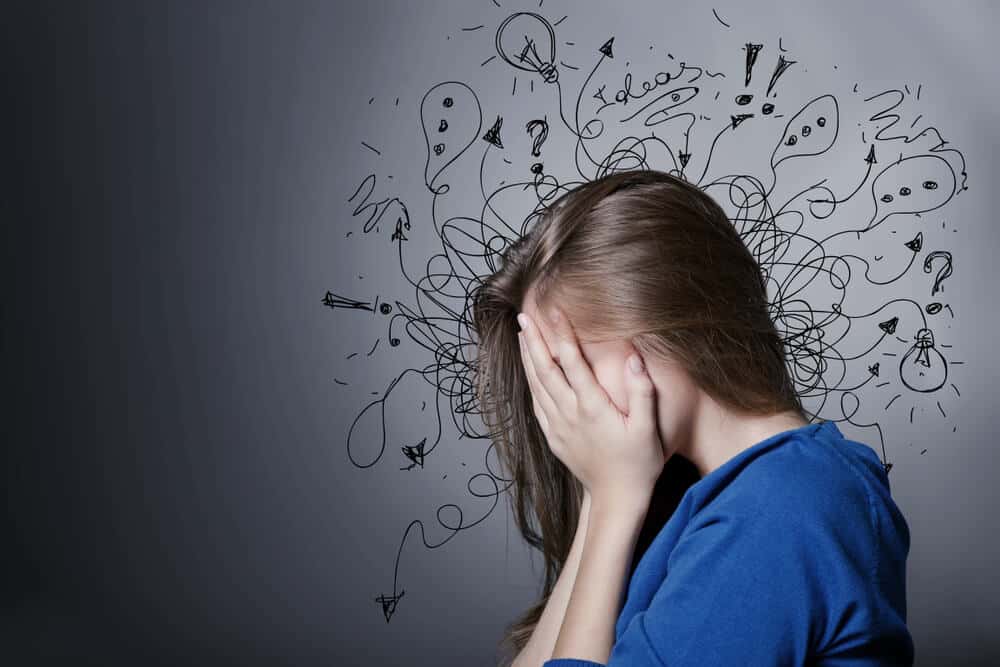
Conclusion
Our nation and its prevailing culture of social media addiction, separation from others, and unpleasant current events that seem to be spiraling out of control have created an increase in the diagnosis of anxiety disorder. People have weak coping skills and are easily overwhelmed by events or people in the world that they cannot control. If you or someone you know has signs of generalized anxiety disorder, offer them comfort, and recommend they see a doctor for evaluation. And remember, Beachside is here to help you!


